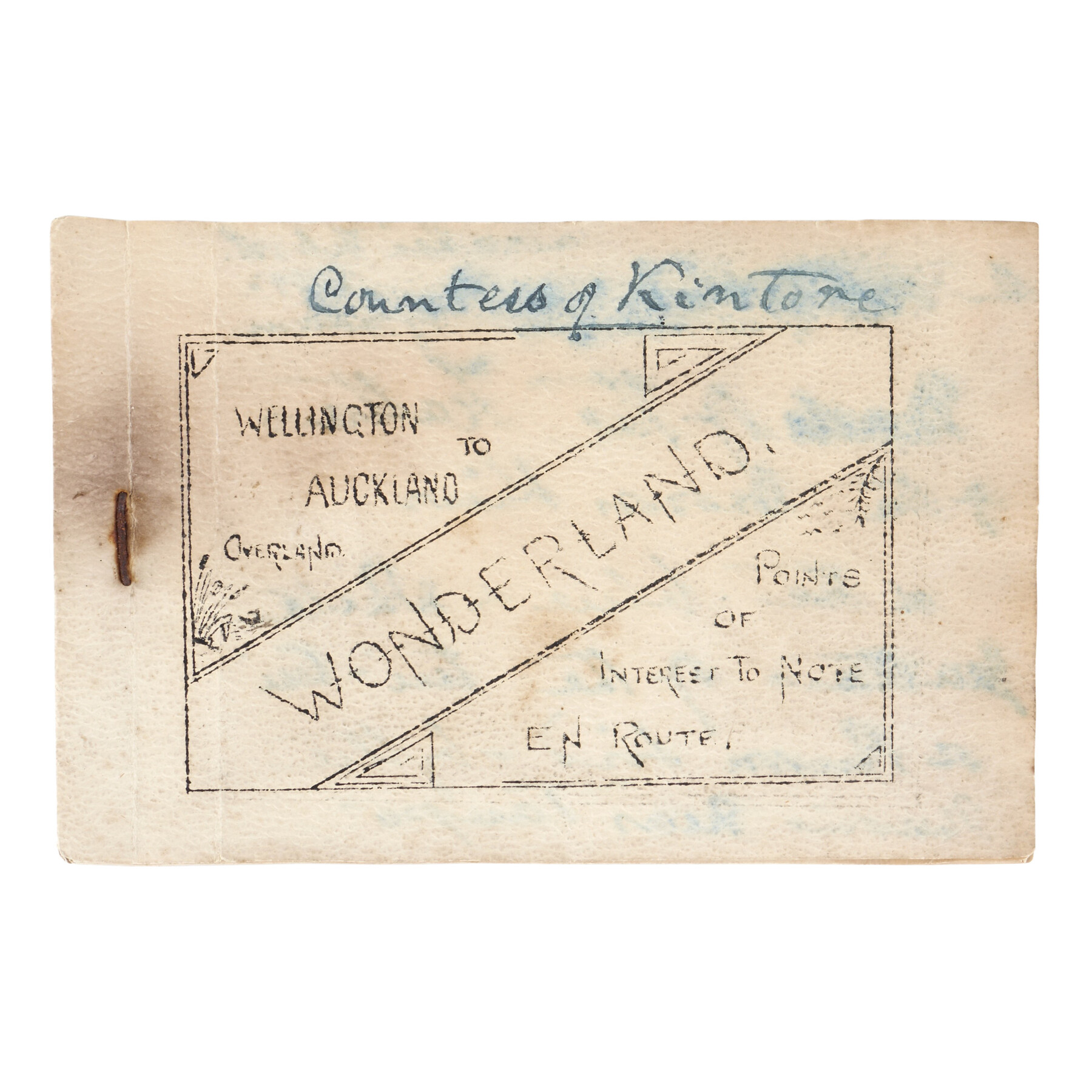Environmental Effects

What are your souvenirs made from?
Souvenirs take all shapes and forms. The material used can have an impact that may not be obvious to the producer or the purchaser. Choices made by creators and tourists influence souvenir culture and can have lasting impacts on local communities and environments.

Ivory figure from India
Made in the early 1800s, this figure of men hunting on an elephant was carved from imported African ivory, as Indian elephant ivory is considered lower quality. It was created before the earliest elephant protection laws went into effect in the latter half of the 19th century. Exploitation of elephants for their ivory, including for the souvenir market, has since reduced African Elephant populations from 26 million in 1800 to under 1 million today. ABDUA:85729

Panpipes from Bolivia
This instrument came to the university in 1925, but panpipes have been produced and played in the Andes region of South America for centuries. Today, they continue to be an important symbol of Andean culture and are also a popular souvenir. The instrument can be made from a variety of materials including ceramics, bone, metal, and bamboo. Bamboo is native to Bolivia and provides a sustainable, locally sourced material for the production of panpipes for musicians and tourists. ABDUA:8886

Kete from New Zealand
Lady Keith-Falconer purchased this kete at Lake Taupō in 1893. Made by Māori weavers, these feathered bags are popular souvenirs today. They are made from flax plants, which are easily available, sustainable, and renewable. The bag is heavily decorated with the feathers of the tūī and kiwi birds. While the tūī bird still has a healthy population in New Zealand, kiwis are now considered a protected species. ABDUA:4107

Itinerary for a New Zealand tour
This itinerary was produced by Thomas Cook & Son, one of the founders of the mass tourism industry. The company, which still exists today, wanted to provide affordable travel experiences for the working classes. It utilised new methods of travel such as railways and produced some of the first ever package holidays and tour guidebooks. Today, the travel and tourism industry accounts for almost 10% of global CO₂ emissions, with transportation being the dominant contributor.





